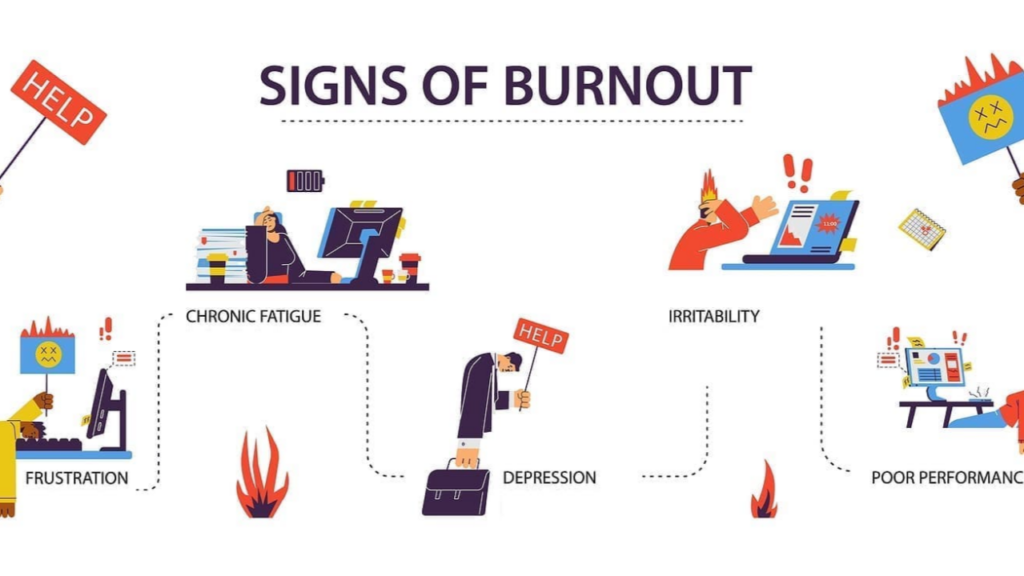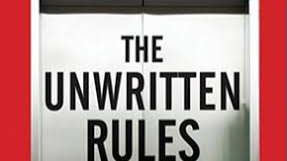
We’ve all faced moments in life where we had to choose between two paths—one familiar, the other uncertain. In his famous poem The Road Not Taken, Robert Frost writes:
“Two roads diverged in a wood, and I— I took the one less traveled by, And that has made all the difference.”
Most people assume this means choosing a bold, unconventional path. But what if Frost’s words also reveal something deeper? What if the “road less traveled” isn’t just about action but about how we navigate life—whether we move through the world by instinct or by intuition?
This distinction isn’t just poetic. It’s fundamental to how we experience stress, energy, and decision-making.
Instinct: The Path of Survival
Instinct is deeply embedded in our biology. It’s our fight-or-flight response, the mechanism that keeps us alive in moments of danger. When you feel threatened—whether by a tight deadline, a difficult conversation, or an actual physical threat—your body reacts before your mind does.
🔹 Your heart races.
🔹 Your breathing speeds up.
🔹 Your muscles tense, ready for action.
This is the solar plexus chakra (3rd chakra) at work—the domain of ego, will, and personal power. It is of masculine polarity, driving us to react, control, and protect ourselves. While instinct is necessary for survival, it is also deeply reactive—rooted in past conditioning and the need to defend.
Instinct is what tells you to rush through an urgent decision, say yes when you mean no, or push yourself past the point of exhaustion. It is the road most traveled—the well-worn path of urgency, pressure, and survival.
Intuition: The Road Less Traveled
If instinct is loud and urgent, intuition is quiet and constant. It doesn’t react—it knows. It is the whisper of certainty before the mind has had time to analyze. It is the 3rd eye chakra (6th chakra), aligned with the feminine polarity—a force that guides rather than drives, aligns rather than forces.
🔹 Instinct reacts to what’s happening.
🔹 Intuition senses what’s about to unfold.
Unlike instinct, intuition does not operate from fear. It emerges in stillness, silence, and trust. Esther Hicks refers to this as “The Art of Allowing”—the practice of letting life unfold with ease rather than forcing it into place.
Intuition is the pause before you say yes to something misaligned. It is the deep knowing that nudges you toward a new opportunity before logic can explain why. It is the path of flow rather than force, alignment rather than control.
It is, quite literally, the road less traveled.
Why This Matters in Stress, Fatigue, and Burnout
Most of us have been taught to trust instinct over intuition—to react quickly, take control, and push forward. This is why so many high-performing professionals experience chronic stress, fatigue, and burnout.
They are living in instinct—constantly responding to external pressures instead of allowing intuition to guide them toward balance and ease.
To shift from instinct to intuition, consider:
✅ Instead of rushing decisions, pause and sense. Give intuition space to surface.
✅ Instead of controlling outcomes, trust alignment. The right path often unfolds naturally.
✅ Instead of pushing through exhaustion, restore and listen. The body speaks through energy, not urgency.
It’s time to stop choosing the road of urgency, depletion, and burnout—and start choosing the road of flow, trust, and ease.
And that will make all the difference. 🚀🔥
🔹 CoachPRO Tips: Two Ways to Navigate Life
💼 Masculine Coaching Approach (Action & Control):
✅ Identify & React – Address external stressors as they arise.
✅ Take Immediate Action – Push forward, even when uncertain.
✅ Control the Outcome – Plan, structure, and measure every step.
🌿 Feminine Coaching Integration (Alignment & Flow):
✅ Pause & Listen – Sense internal shifts before reacting externally.
✅ Move with Ease – Trust timing rather than forcing results.
✅ Allow the Unfolding – Flow with intuition instead of rigid control.
📩 It’s time to reduce stress, avoid fatigue, and prevent burnout—are you ready? Take The Test.









